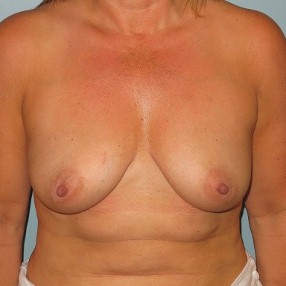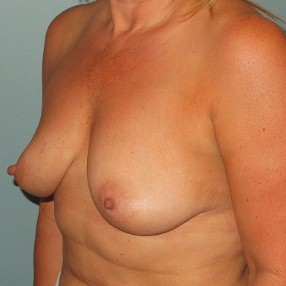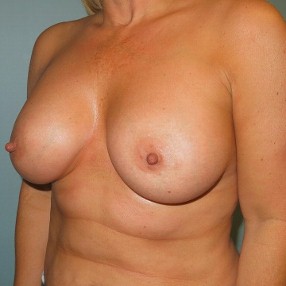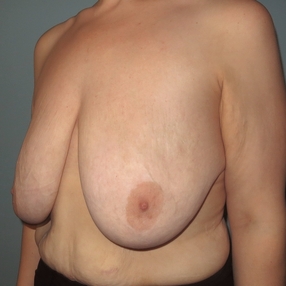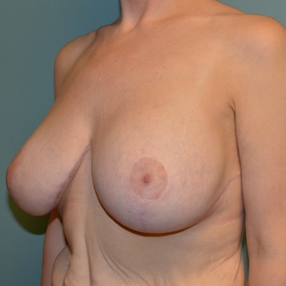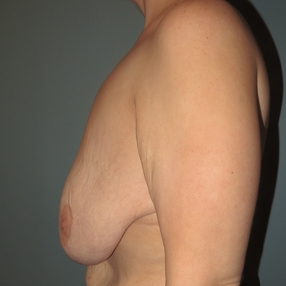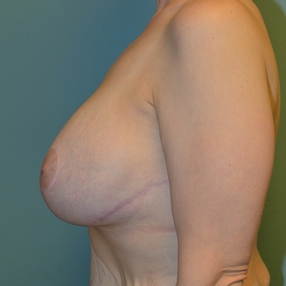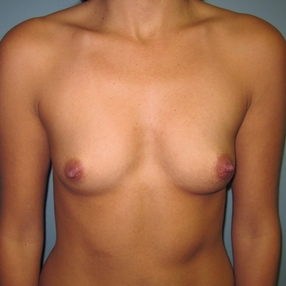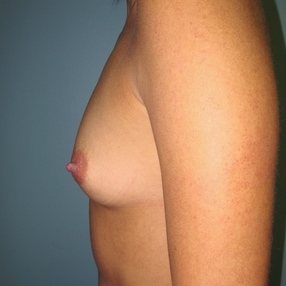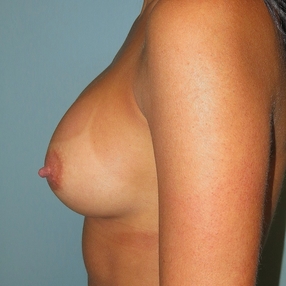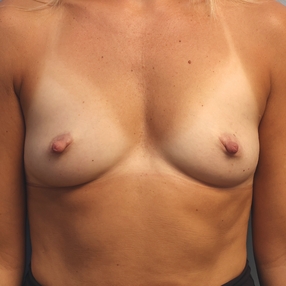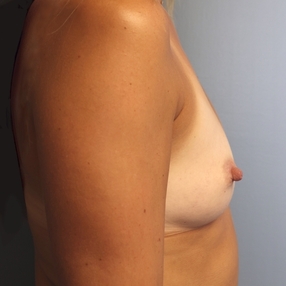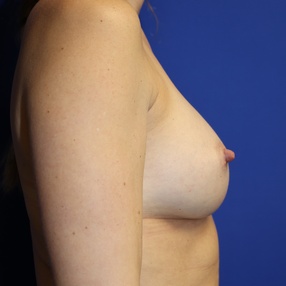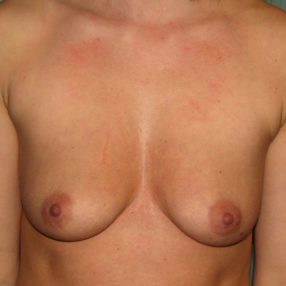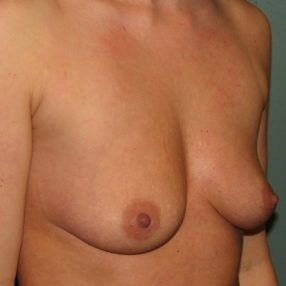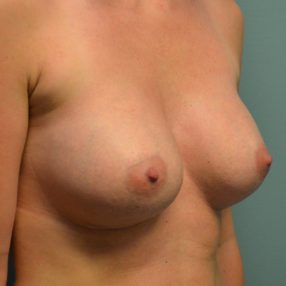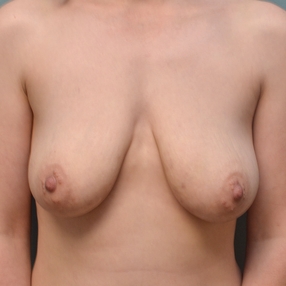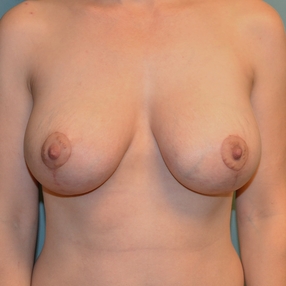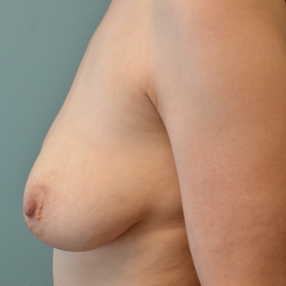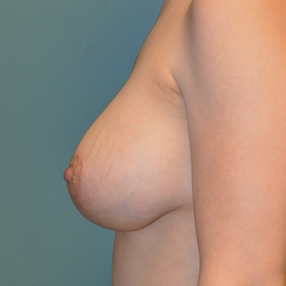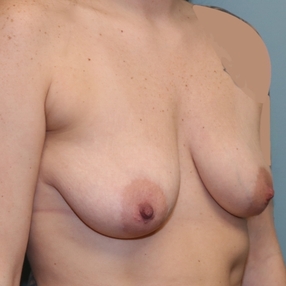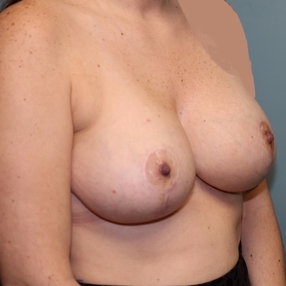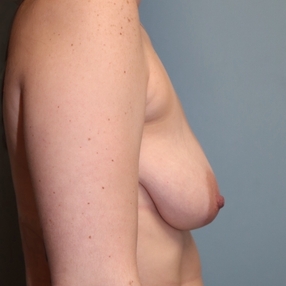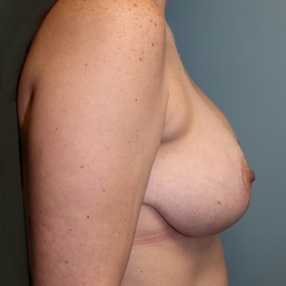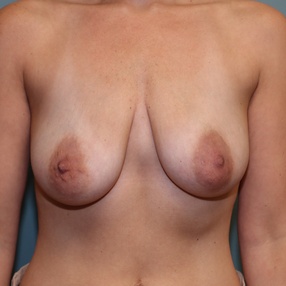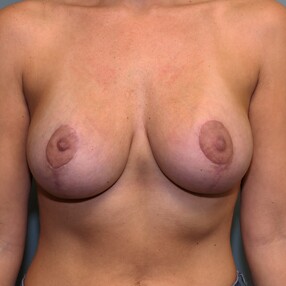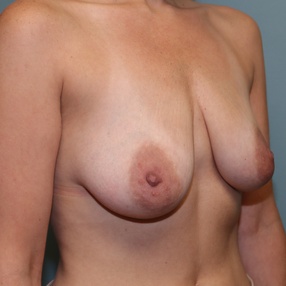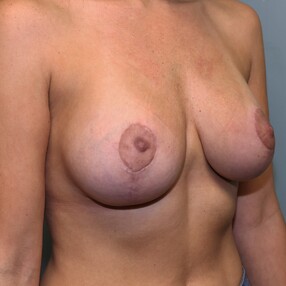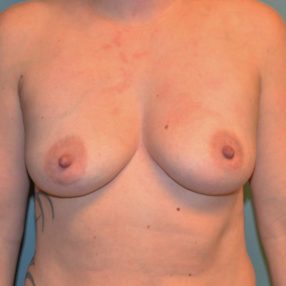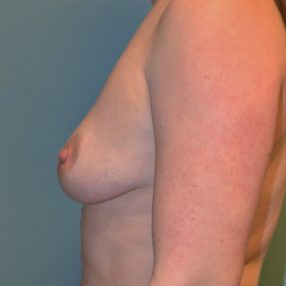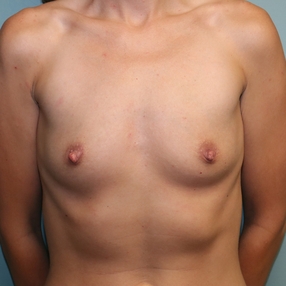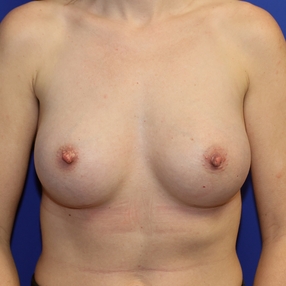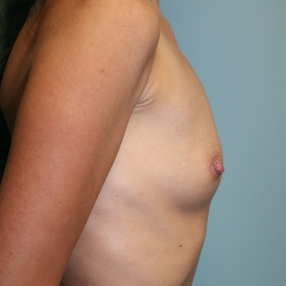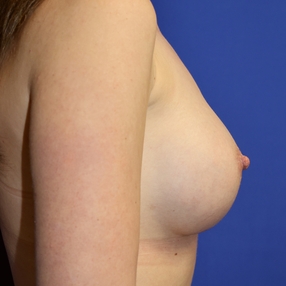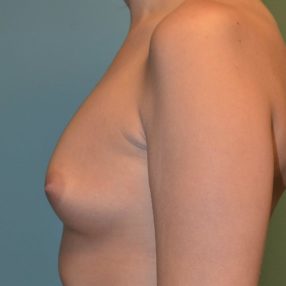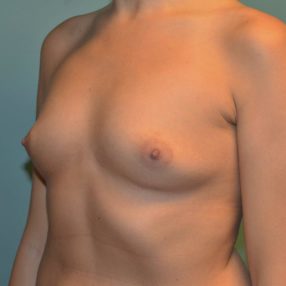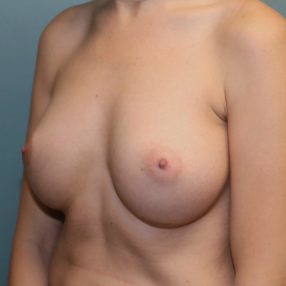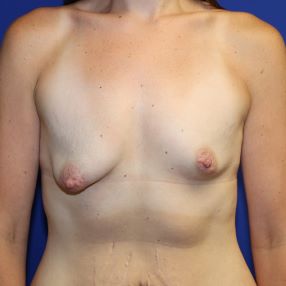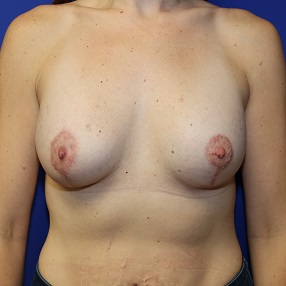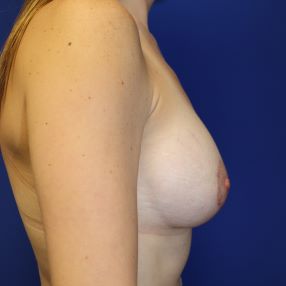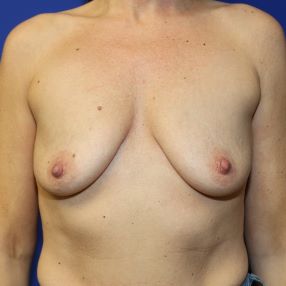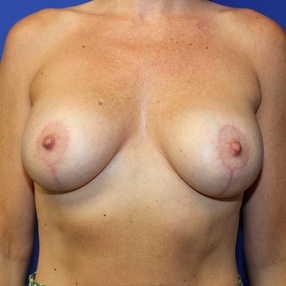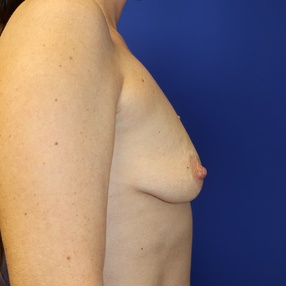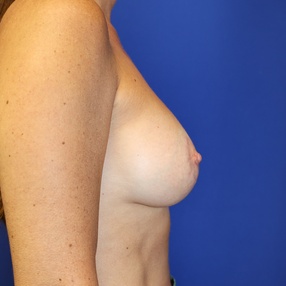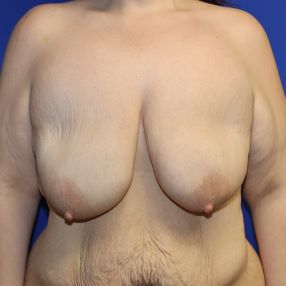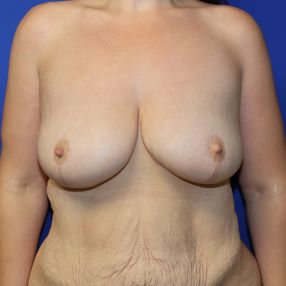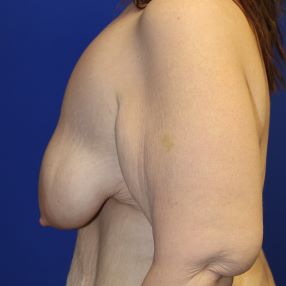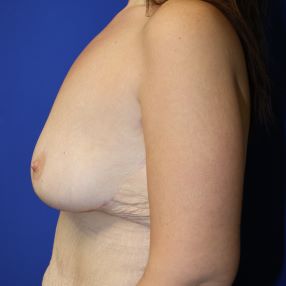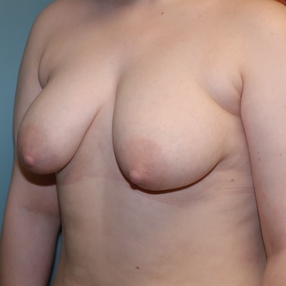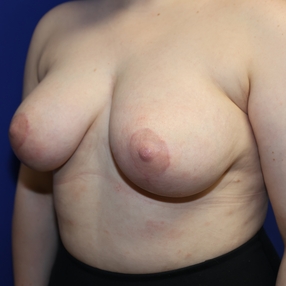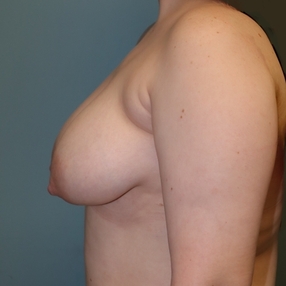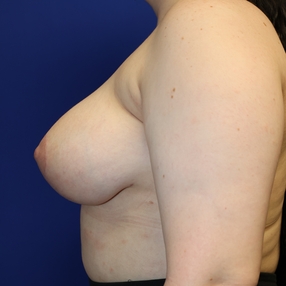Breast Augmentation at Plastic + Hand
This year alone, more than 200,000 women will have breast augmentation. Like them, you might want your breasts to be more proportional to your body or reshape and enlarge your breasts to reverse the effects of breastfeeding or aging. Or, you may be a candidate for reconstructive surgery after medical treatment.
There are many personal reasons to consider breast augmentation.
As with all cosmetic surgery, the more you know about breast augmentation, the happier you are likely to be with the result. Talk to your Plastic + Hand surgeon about your expectations and the options available to you.
Trained at the country’s top medical centers, Plastic + Hand surgeons have the depth of experience and skills necessary to perform your breast augmentation surgery safely and successfully…all right here in Maine.
What’s the difference between gel (silicone) and saline implants?
All implants have a silicone rubber shell and consist of three main components:
- the shell, which is the outside layer sometimes called the envelope or lumen
- the filler (either silicone gel or saline), which is inserted into the shell
- the patch, which covers the hole in the shell where the filler is inserted
Saline implants are filled with a sterile saline (saltwater) solution. They can be filled with varying amounts of saline to affect the shape, firmness and feel of the breast. In the unlikely event that the shell should leak, a saline implant will collapse, and the saline will be absorbed and naturally released from the body.
Gel implants are filled with an elastic silicone gel that feels and moves much like natural breast tissue. In the unlikely event of a leak, a gel implant might not collapse; the gel may remain in the implant shell or may escape into the breast implant pocket.
During your consultation, we can help you determine which type of implant is best for you.
Implants: under or over the muscle?
In thinner women with average to little breast tissue, submuscular (under-muscle) placement is generally the preferred choice. Placement under the muscle helps avoid the phony look of implants that show under the skin and can create a shelf appearance. With submuscular placement, implants look and feel more natural since they’re under the double covering of muscle and breast tissue. This method also reduces visible rippling.
Submammary (over-muscle) placement may be more suitable for women with mild to moderate sag and adequate pre-existing volume. In patients who have tubular breast deformities, a submammary implant will be necessary to address the anatomic constriction at the base of the breast.
Your plastic surgeon will advise you about which type of implant placement is most appropriate.
What does breast augmentation involve?
At Plastic + Hand, an anesthesiologist from Spectrum Medical Group, the physician group that provides anesthesia at MaineHealth Maine Medical Center Portland and Biddeford campuses, will provide your anesthesia care. Your surgery will take place in our accredited outpatient Plastic + Hand Surgery Center located on-site.
Your surgeon will make inconspicuous incisions to minimize visible scarring. He or she will recommend an incision option based on the type of implant, the degree of breast enlargement, your anatomy, and your personal preference. These options include inframammary (under the breast), transaxillary (in the armpit), or periareolar (under the nipple).
After making the incision, your surgeon will insert a breast implant into a pocket either under the pectoral muscle (submuscular placement) or over the pectoral muscle (submammary placement).
He or she will then close the incision with layered sutures and skin adhesive or surgical tape. The incision lines will fade over time.
Full recuperation may take up to a month, but it’s likely you can return to work in just one or two weeks.
How long does breast augmentation last?
Breast augmentation lasts a long time but is not necessarily permanent. Studies show that for saline implants there is a 10% deflation rate over 10 years. A deflated saline implant will need to be replaced. Gel (silicone) implants should be monitored periodically, and the FDA recommends MRI examination 3 years post implantation, as well as every 2 years after the initial MRI to look for “silent rupture.” Self-breast exams continue to be essential for all women, and annual mammography for age 40 and over is still recommended, as for all women.
What are the side effects of breast augmentation?
The usual risks and complications of breast augmentation are the same as with any surgical procedure: bleeding and infection. In addition, asymmetry is a potential pre- and post-operative problem. Women with naturally asymmetrical breasts will most likely remain asymmetrical, but often can be corrected with different-sized implants or a breast lift (mastopexy) at the same time as augmentation. One of the more vexing potential post-operative issues is hardening of the implant, related to thick scar formation around the implant itself. This condition known as “capsular contracture” may necessitate follow-up surgery, though it is an infrequent occurrence.
Gel implants do not have any association with disease as was once alleged. Years ago, it was suggested that certain rheumatological diseases (rheumatoid arthritis, scleroderma, lupus, etc.) were related to gel (silicone) implants. However, studies completed over the last 15 years have definitively shown no such association. You will have an in-depth discussion with your surgeon regarding the pros and cons of any planned surgery such as breast augmentation.
Who are the best candidates for breast augmentation?
The best candidates for breast augmentation are healthy women who have realistic expectations and a thorough understanding of this procedure. An in-depth consultation at Plastic + Hand Surgical Associates will help you determine if breast augmentation is right for you.
How much are breast implants?
You’ll first discuss your breast augmentation procedure options with your Plastic + Hand surgeon. During your initial consultation, your surgeon will evaluate your medical history, your breast augmentation expectations, discuss the best breast implant options for you, and set realistic goals for your breast augmentation surgery. Your Plastic + Hand surgeon will then recommend the breast augmentation procedure that will offer the best results for your desired outcome.
After this personalized consultation, our Patient Care Coordinator will prepare a cost estimate that is specific to your upcoming breast augmentation procedure. Costs vary by cosmetic surgery procedure, but all estimates include pre- and post-op visits, anesthesia, and use of the surgery facility. Our Patient Care Coordinator will also discuss payment options with you.
With a Plastic + Hand surgeon, you’ll get the results you want with the respect you deserve…all right here in Maine.
OUR PLASTIC + HAND SURGEONS ARE THE MOST TRUSTED TEAM FOR BREAST AUGMENTATION PROCEDURES IN MAINE
If you’re considering breast augmentation to bring your body in better proportion or boost your self-esteem, our Plastic + Hand team has the most qualified breast augmentation surgeons in Maine.
With training from some of the top medical centers in the U.S. (including Harvard, Yale, Stanford, UCSF, Mayo Clinic), Plastic + Hand surgeons have the depth of experience and skills necessary to perform your breast augmentation safely and successfully in the comfort of our accredited outpatient Plastic + Hand Surgery Center located on-site here in Portland, Maine.
It’s time to discover the results you’ll love. The first step begins here.
Schedule time to talk with us
Each and every patient is unique. It’s important to us that we listen to our patients from the outset, so a consultation with one of our experienced plastic surgeons is the first step in determining whether breast augmentation surgery is appropriate for you.




